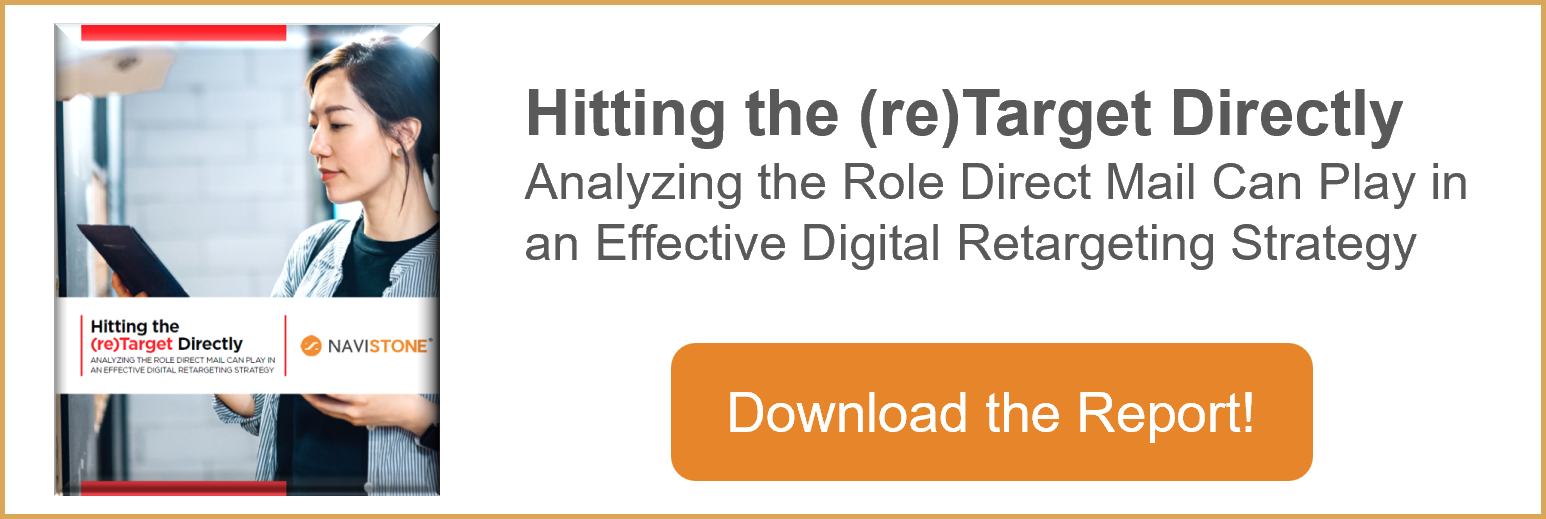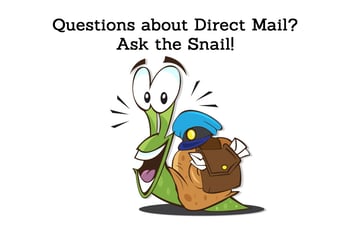
When thinking about the key components of a successful marketing campaign, things like Audience, Offer, Creative, Deliverability and Measurement come to mind. Maybe the classic five “P”s come to mind as well: product, price, promotion, place and people. Maybe, it’s the evolved version with the seven “P”s, adding process and performance to the list or the eight “P’s” including positioning? All “P”s aside, maybe it really begins with something else.
How to Reach the Maximum Audience at the Minimum Price
Let’s start with the assumption that we have a good “product”. Whether that product is something tangible like a book or a jacket or a sofa, or an intangible like a service, we have a product that is proven to drive value. And value can’t be determined unless we have the product priced correctly, so let’s assume we have that figured out as well.
Before we can think about who to target our marketing campaign to or with what type of offer and through which channel, we need to firmly establish the objective of the campaign. Are we looking to drive something hard and measurable like leads or conversions, growth in sales or new customers, or are we driving something broader, like brand awareness or thought leadership? The objective of your campaign will in many ways inform your decisions about everything else.
Brand Awareness
One of the most successful brand marketers of all time is Nike. And, one of their most successful marketing campaigns is the “Just Do It” campaign. Consumers hear or see “Just Do It” and they think Nike. Their message of motivation is one that resonates with everyone. You don’t have to be an athlete for this message to hit an emotional cord with you. You may be a new mom trying to get in pre-baby shape, a high-schooler about to try out for the track team or a couple who strolls around the neighborhood after dinner. “Just Do It.”
This broad appeal influences decisions about audience and channel, and channel influences creative, deliverability, and measurement. Although you will want to create more personalized, segmented campaigns in addition to the blanket message, the need to narrowly target an audience using demographics, geography or interest is not immediately needed when your message has mass appeal.
Digital, Social, Television and Email are extremely effective channels for promoting a campaign like this where the objective is brand awareness. The ability to get creative with video marketing, to create high quality original content and to ensure maximum impressions are key to recall rates. And certainly these channels allow for some level of segmentation for more personalized messages beyond the broad brand message.
New Customer Acquisition
When your objective is to drive new leads or customers and ultimately demand, the most effective channel for your marketing is direct mail. Effective direct mail campaigns include hyper targeted audiences leveraging demographic, psychographic, geographic and intent data that in turn allow you to inform your creative and offer. Traditional direct mail marketing is more effective than online marketing at acknowledging that call to action and driving a response.
Direct mail statistics confirm a nearly 5% response rate for direct mail campaigns, compared to 0.12% response rates for email. Direct mail statistics show response rates that are somewhere between 5 and 9x higher than any other form of advertising; 10-30x higher than digital advertising.
“Direct mail statistics tell a story of an enduringly—and even increasingly—successful marketing channel. Direct mail statistics are indisputable.”
And, direct mail statistics show 40% higher conversion rates when digital and direct mail services are combined.
Direct mail retargeting, sometimes referred to as programmatic direct mail, is the newest direct mail marketing idea, and successfully combines these two channels. It leverages the intent data shared online when a consumer is browsing an advertiser’s website, with direct mail postcards that the consumer receives within three days of showing that intent. A recent study from Small Business Trends further validates that “62% of consumers who respond to direct mail in the last three months, made a purchase.”
Somewhere in Between
There is a delicate balance to maintain when marketing for brand awareness (broad based approach) and one that is designed to drive new customers (hyper targeted approach) because even businesses focused on brand marketing are also in need of acquiring new customers.
When leveraging targeting methodologies for customer acquisition (and customer reactivation or retention for that matter), remind yourself of your exact objective. Are you looking to serve up the fewest number of impressions (digital, email or mail) and generate the highest response rates or are you looking to maximize response in a cost-effective way? While these may sound like the same thing, they are quite different.
For branding campaigns, you will likely reach out to everyone. When your objective is response based, you will likely apply some segmentation (based on demographics, psychographics, geography or intent data). You can focus on the very top of that segmentation and reach out to the most highly targeted segment, minimize costs and maximize response rates. But, you won’t be maximizing the number of the new customers acquired. When you tap deeper into that segmentation, and market to the maximum audience that will meet your acceptable performance, you will not only be maximizing customer acquisition but future revenue from these newly acquired customers as you consider their life-time value (LTV).
Understand your objective. Do you want to get your message out to 500,000 consumers and yes, drive some response but maybe more relevant, drive brand awareness? Do you want to maximize response with minimal spend by reaching out to 100,000 consumers and generating a 6.2% response (wow!)? Or do you want to maximize outreach while maintaining your campaign objective (5% response rate) and ensuring the greatest number of new customers.
Remind yourself of the objective of the marketing campaign, and optimize to that objective.


Lookalike Audiences Enhance customer acquisition by identifying high-potential prospects, boosting response rates, and lowering advertising costs.
Retargeting Postcards Double the performance of your direct mail retargeting.
Amplify Recognize unknown visitors who are actually customers. Add 20-40% to your ESP/CRM campaigns.
IQ Mail Retain customers with personalized, timely messages for those opting out of digital channels.



.jpg?width=200&height=200&name=Lori%20Paikin%20(1).jpg)



Comments